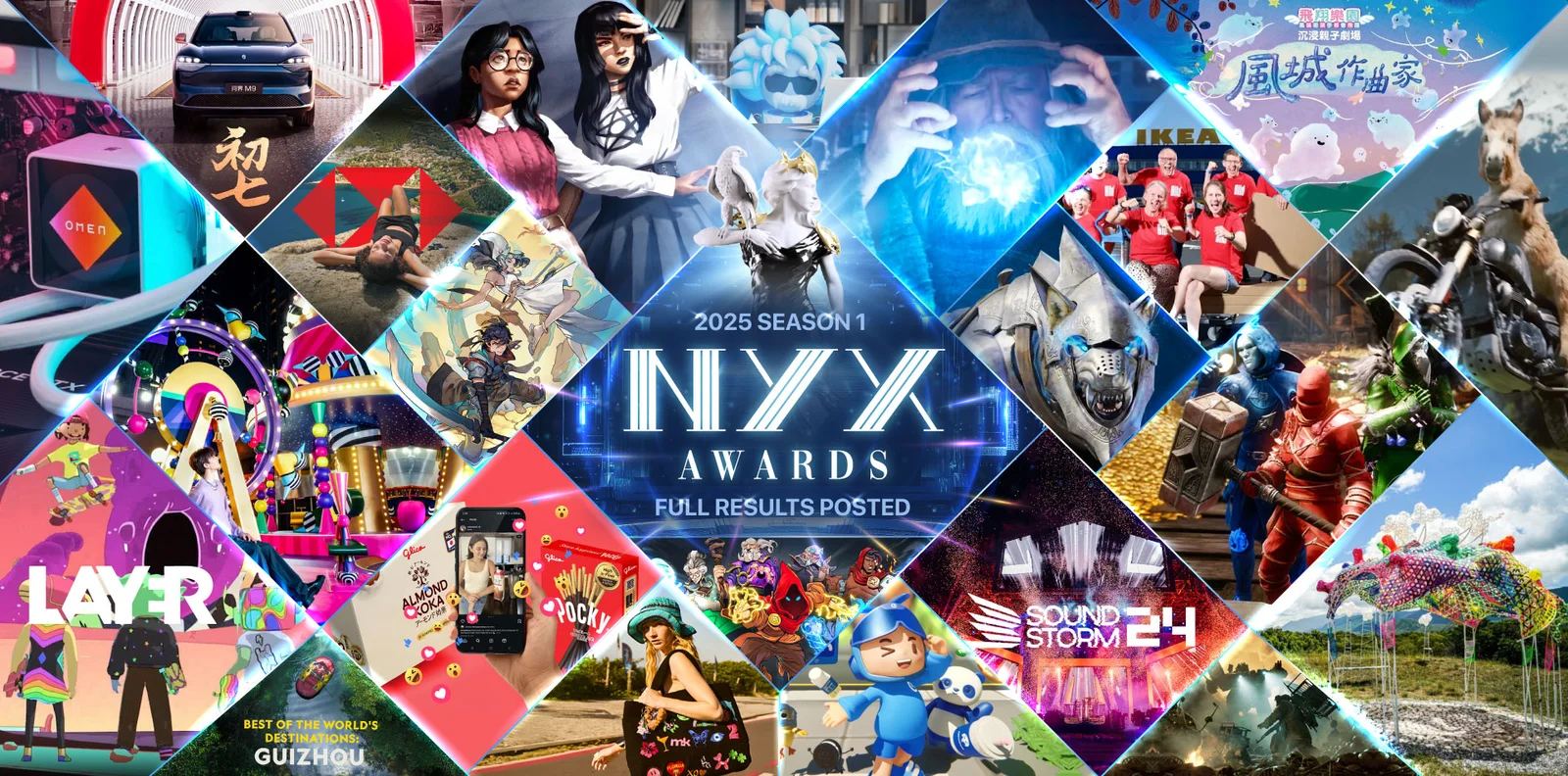
The streets of America are on the brink of a transformation. With the long-awaited launch of Tesla’s Robotaxi service, tech, business, and labor experts are all asking the same question: how does the Tesla Robotaxi work, and what happens next? This isn’t just about shiny cars or Elon’s latest tweet. It’s about the future of millions of jobs and the shape of American life in 2024.
For years, self-driving cars were science fiction. Now, as autonomous vehicles move from prototypes to reality, everyone from Uber drivers to city planners is bracing for impact. The stakes? Billions of dollars—and the livelihoods of workers across the country.
This is the story of how automation is colliding with the American dream, and what the experts say comes next.
Context: Why This Matters
Walk into any diner or barbershop and you’ll hear it: will robots really take our jobs? Is Tesla’s Robotaxi just another Silicon Valley promise, or is it the real deal? Some folks argue technology always creates new opportunities; others remember the stories of lost factory towns and wonder if this time is different.
The debate isn’t just about tech specs—it’s about trust, equity, and the soul of American work. Some see a chance for safer roads and cleaner air. Others worry about millions of drivers wondering what’s next. Like a buzzer-beater in Game 7, the outcome is uncertain, but everyone’s watching.
Methodology
To understand where Tesla Robotaxi fits into the future of U.S. jobs, we turned to a mix of sources: industry forecasts, labor market data, interviews with economists and automation experts, and analyses from organizations like the U.S. Bureau of Labor Statistics and McKinsey & Company.
We weighed factors like:
- Automation readiness (25%)
- Potential jobs displaced (30%)
- New jobs created (20%)
- Economic impact (15%)
- Social and regulatory adaptation (10%)
We also referenced Tesla’s own updates and tech coverage from ESPN, The Verge, and more. The goal: cut through the hype with a clear, evidence-based look at the road ahead.
10 Ways Tesla Robotaxi Could Reshape American Jobs
1. The First Driverless Fare in San Francisco
It started on a foggy morning: a Tesla Model Y, empty except for a nervous camera crew, glided down Market Street. The steering wheel spun itself. No hands. No driver. That first ride made headlines—and made thousands of gig drivers wonder if they’d seen the future.
Tesla’s plan for Robotaxi is bold: a fleet of fully autonomous vehicles, hailed by app, no human driver required. For the millions who drive for Uber, Lyft, or taxi fleets, that’s a seismic shift.
“People said this would never happen. Well, it just did,” one San Francisco driver told us.
Key facts:
– Over 3 million Americans work as drivers in transportation.
– Tesla’s Full Self-Driving (FSD) software is targeting 24/7 operation.
– Robotaxi aims to undercut ridehail fares by 40–60%.
Authoritative sources:
– Tesla’s Full Self-Driving Update
– BLS Occupational Outlook for Drivers
🧵 On X
https://x.com/search?q=tesla%20robotaxi&src=typed_query
2. Assembly Lines Meet AI
On the factory floor, robots have been welding and painting for decades. Now, as Tesla ramps up Robotaxi production, the integration of AI-driven quality checks and automated assembly is accelerating. The result? Fewer line jobs, but a spike in demand for robotics engineers and AI specialists.
A veteran auto worker told us, “It’s not just brawn anymore. You need brains—if you want to stay.”
Key facts:
– Tesla’s Gigafactories employ over 100,000 workers, but automation is rising.
– AI-driven inspection reduces defects and human oversight.
Authoritative sources:
– Tesla Investor Relations
– McKinsey: Automation in Manufacturing
3. The Rise of the Fleet Manager
As Robotaxi fleets scale up, someone has to monitor, dispatch, and service these vehicles. Enter the new wave of “mobility managers”—a job that barely existed five years ago. These workers analyze data, optimize routes, and handle customer support, often from behind a screen rather than a steering wheel.
“Managing a fleet of robots isn’t glamorous, but it’s steady work,” says a fleet supervisor in Austin.
Key facts:
– Estimated 10,000+ new tech-enabled fleet management roles by 2025.
– Data analytics and remote monitoring are now critical skills.
Authoritative sources:
– Bureau of Labor Statistics: Transportation Managers
4. Insurance Gets a Makeover
When the driver is a computer, who’s to blame in a crash? The insurance industry is scrambling for answers. Some jobs—like claims adjusters—could shrink as autonomous vehicles cut accident rates. But new roles in cyber insurance and risk modeling are opening fast.
A senior actuary put it bluntly: “The old playbook is gone. We’re writing a new one every month.”
Key facts:
– Autonomous vehicle insurance market projected to reach $81B by 2030.
– Liability is shifting from human drivers to software and hardware providers.
Authoritative sources:
– Allianz: Autonomous Cars and Insurance
5. Charging and Infrastructure Booms
Every Robotaxi needs juice. The expansion of charging stations, maintenance depots, and battery recycling plants is already creating thousands of construction and electrical jobs. Cities from Miami to Minneapolis are vying for a slice of the action.
“Building the backbone for Robotaxi is a gold rush,” a city planner told us. “But it won’t last forever.”
Key facts:
– U.S. charging infrastructure investment exceeds $5 billion in 2024.
– Over 20,000 new jobs in EV infrastructure expected by year’s end.
Authoritative sources:
– Department of Energy: Charging Infrastructure
6. Software Is the New Engine
Behind every Robotaxi is millions of lines of code. Tesla’s FSD neural networks are trained on billions of miles of driving data. That means a massive need for AI engineers, data scientists, and cybersecurity experts—many of whom never set foot in a factory.
“It’s chess, not checkers. The smartest coders win,” says a Tesla software lead.
Key facts:
– Tesla employs over 10,000 software-focused workers globally.
– AI talent shortage is one of the industry’s biggest bottlenecks.
Authoritative sources:
– Tesla AI Careers
7. Rethinking Urban Mobility
Robotaxi isn’t just about replacing drivers—it could change how cities work. Planners are reimagining curbs, parking, and even public transit. Some predict less congestion and pollution; others fear increased traffic or “robotaxi deserts” in underserved neighborhoods.
“Mobility is freedom—or it should be,” says a Chicago transit advocate.
Key facts:
– Cities like Phoenix and San Francisco already piloting AV zones.
– Urban redesign may create jobs in planning, but challenge legacy transit roles.
Authoritative sources:
– National League of Cities: AV and City Planning
8. The Last-Mile Delivery Revolution
While passengers grab the headlines, Robotaxi tech is quietly revolutionizing package delivery. Autonomous vehicles are making last-mile drop-offs faster and cheaper, reducing demand for some delivery drivers but boosting warehousing and logistics jobs.
A logistics CEO told us, “If you’re nimble, you’ll find new roles—robots can’t do everything.”
Key facts:
– Autonomous last-mile delivery market projected to hit $11B by 2026.
– Major retailers already piloting Tesla-based delivery.
Authoritative sources:
– McKinsey: Autonomous Delivery
9. The Gig Economy Shifts
For many, ridehailing was a lifeline—flexible, easy to start. Robotaxi could upend that overnight. Some drivers are retraining for new tech roles; others are organizing to demand a say in automation’s rollout.
“I’ve done everything—Uber, DoorDash, you name it. Now I’m learning to code,” said a driver in Atlanta.
Key facts:
– Over 1 million Americans rely on gig driving for income.
– Upskilling programs are expanding in major cities.
Authoritative sources:
– Brookings: The Gig Economy and Automation
10. The New American Dream?
Some experts believe Robotaxi will free millions from tedious work, allowing new focus on creativity, care, and entrepreneurship. Others warn of deepening inequality and lost identity for workers left behind.
As one labor economist put it: “We’ve been here before. The question isn’t what tech can do—it’s what society chooses to do next.”
Key facts:
– 63% of Americans support AVs if safety is proven; 52% worry about jobs.
– Policy and education will determine if transition is smooth—or disruptive.
Authoritative sources:
– Pew Research: Americans and Automation
🧵 On X
https://x.com/search?q=tesla%20robotaxi%20jobs&src=typed_query
Final Thoughts: Bracing for a Bumpy Ride
The launch of Tesla Robotaxi isn’t just a tech milestone—it’s an inflection point for American work. Some jobs will vanish; others will be born. Cities, companies, and workers are racing to adapt, retrain, and reinvent.
The next year will bring court battles, political debates, and probably some very public Robotaxi mishaps. But if history is any guide, Americans will argue, adapt, and ultimately chart a new path—one ride at a time.
As the wheels of change turn, one thing’s for sure: the question isn’t just how does the Tesla Robotaxi work, but how will America work alongside it?



